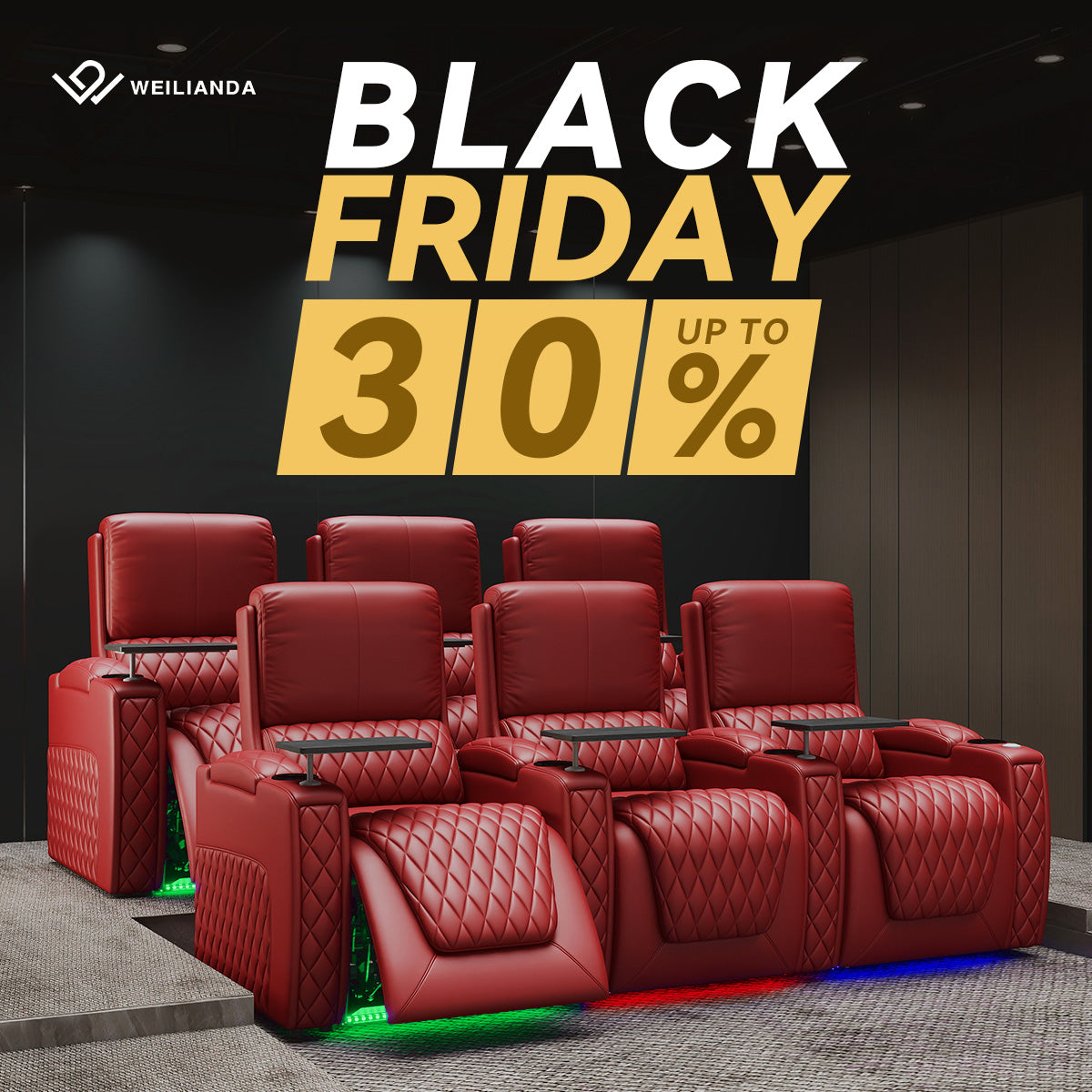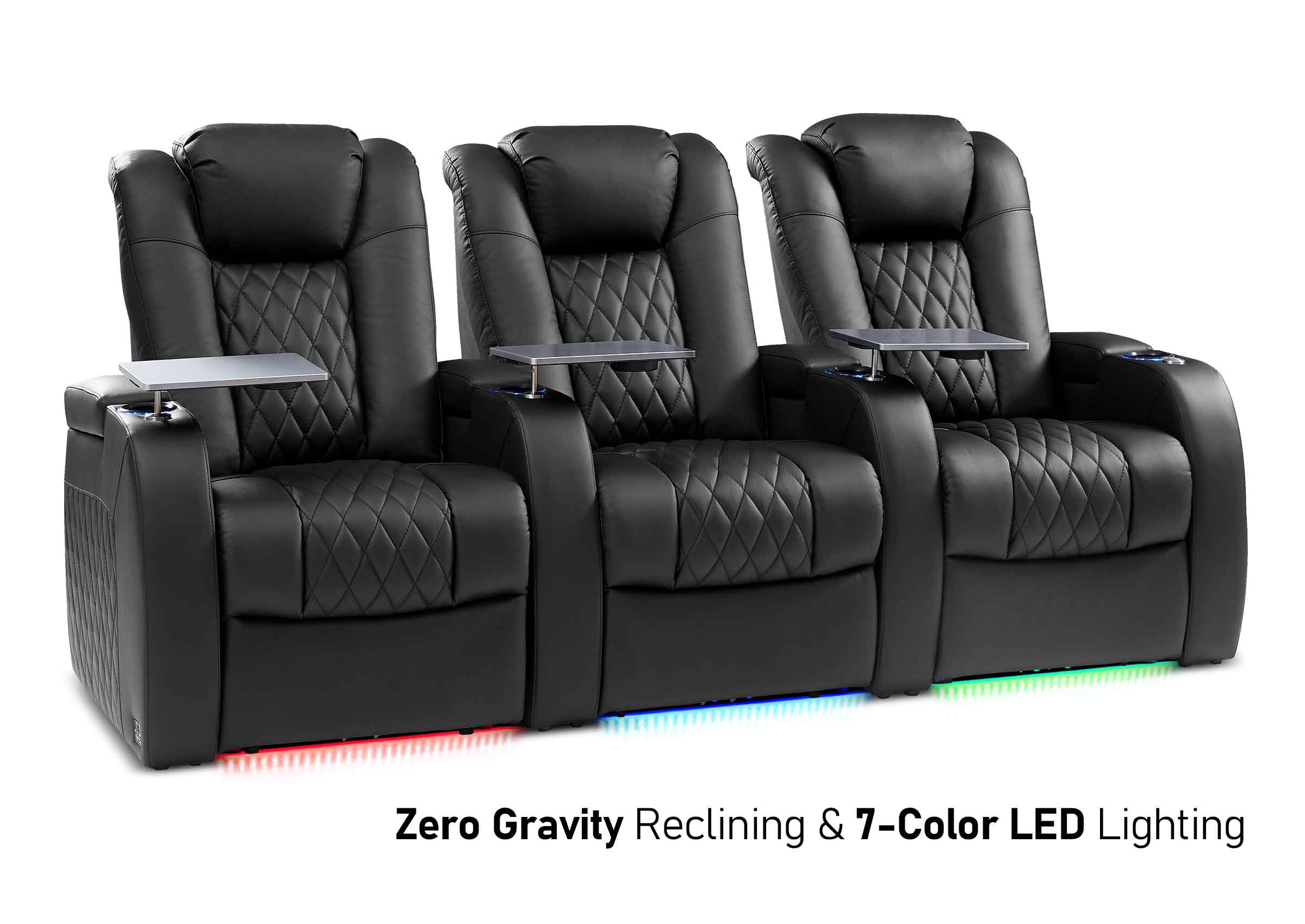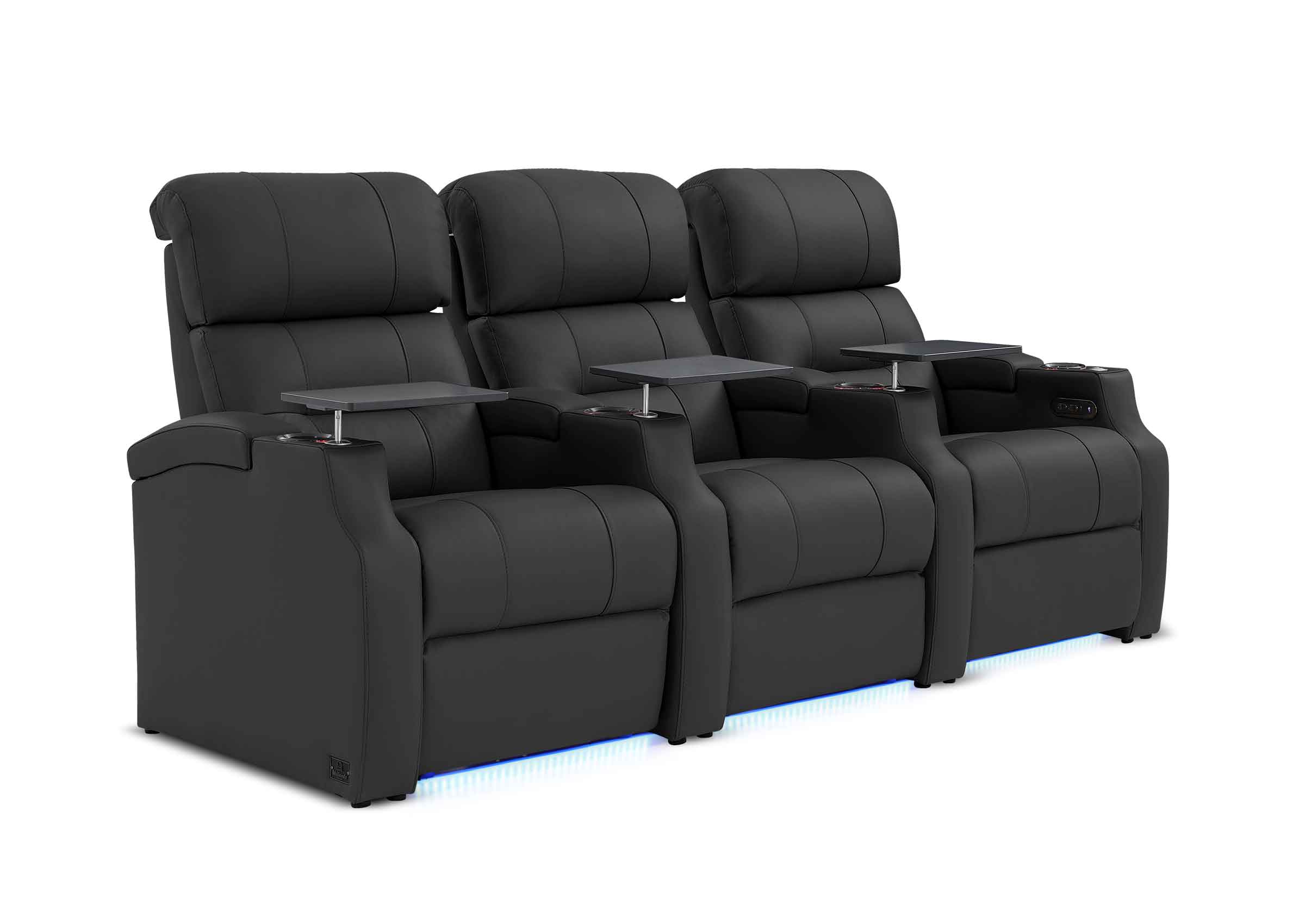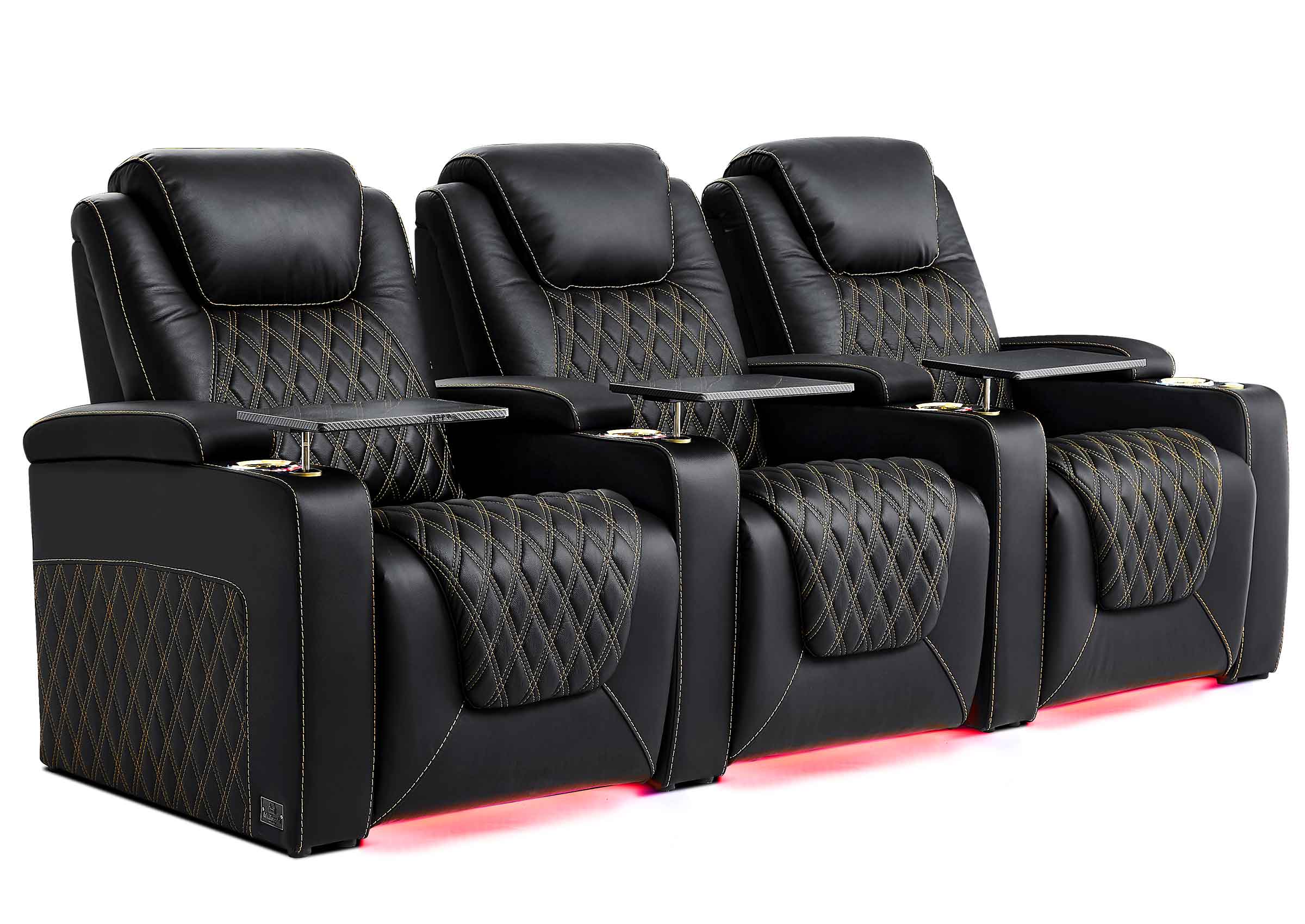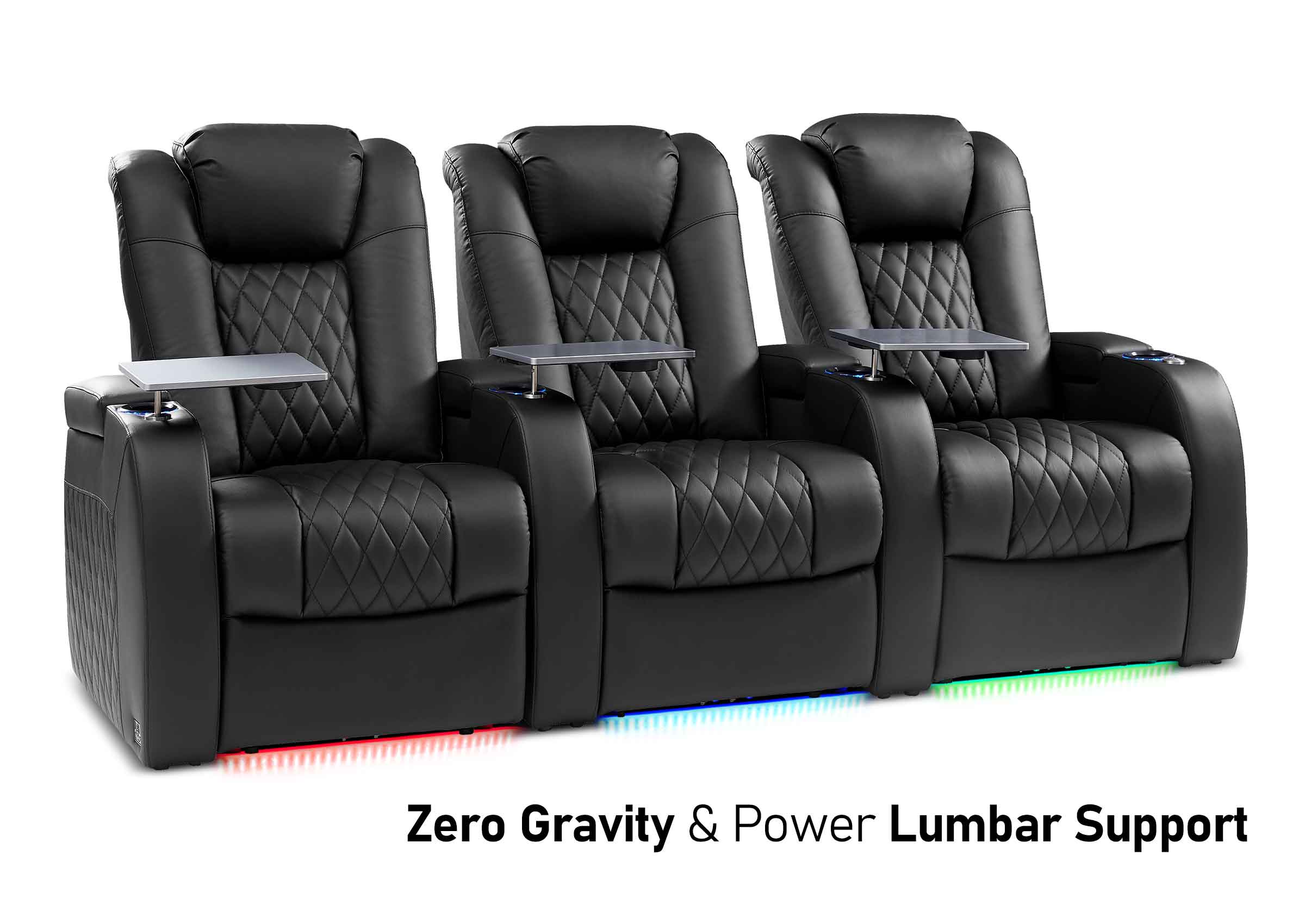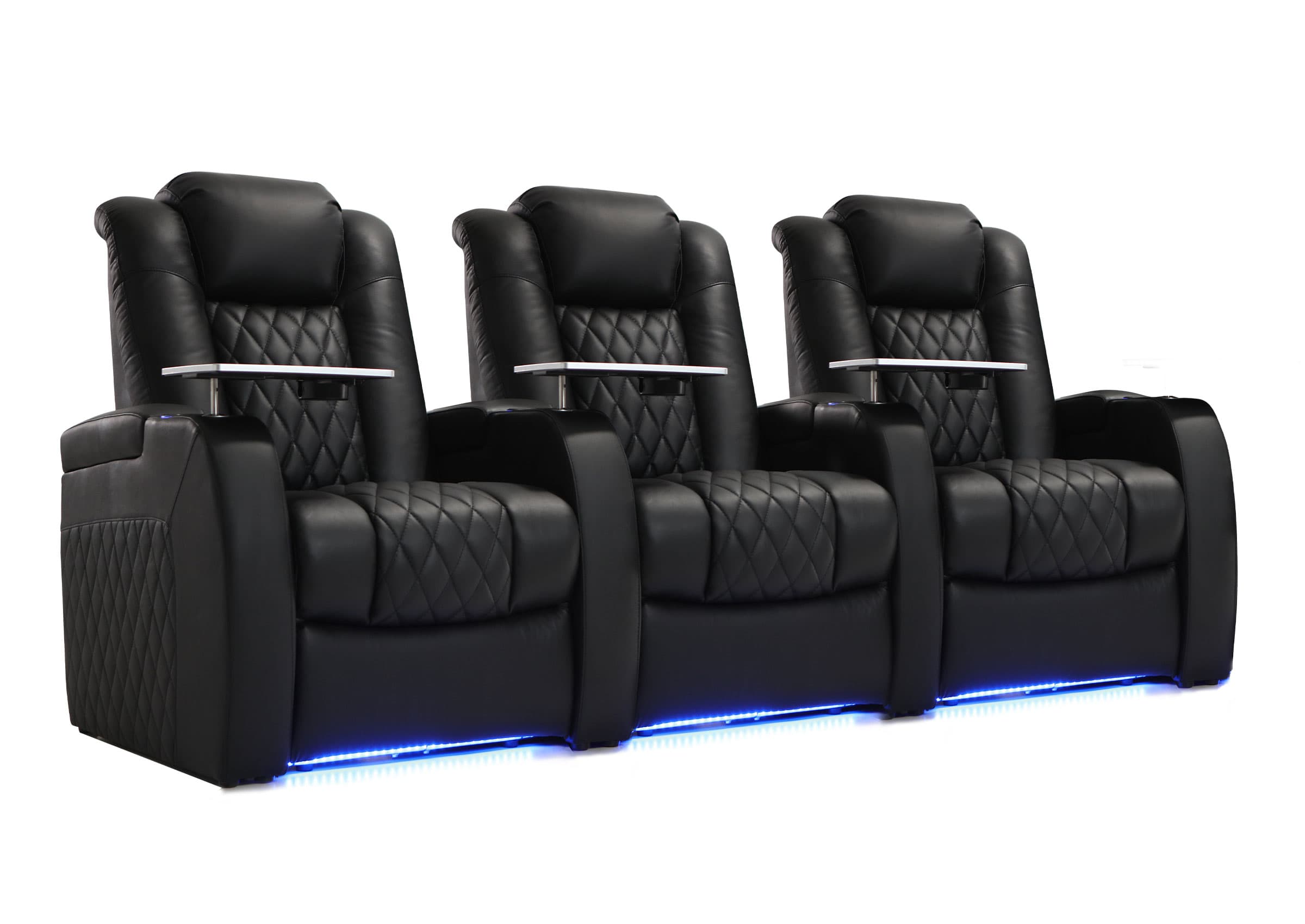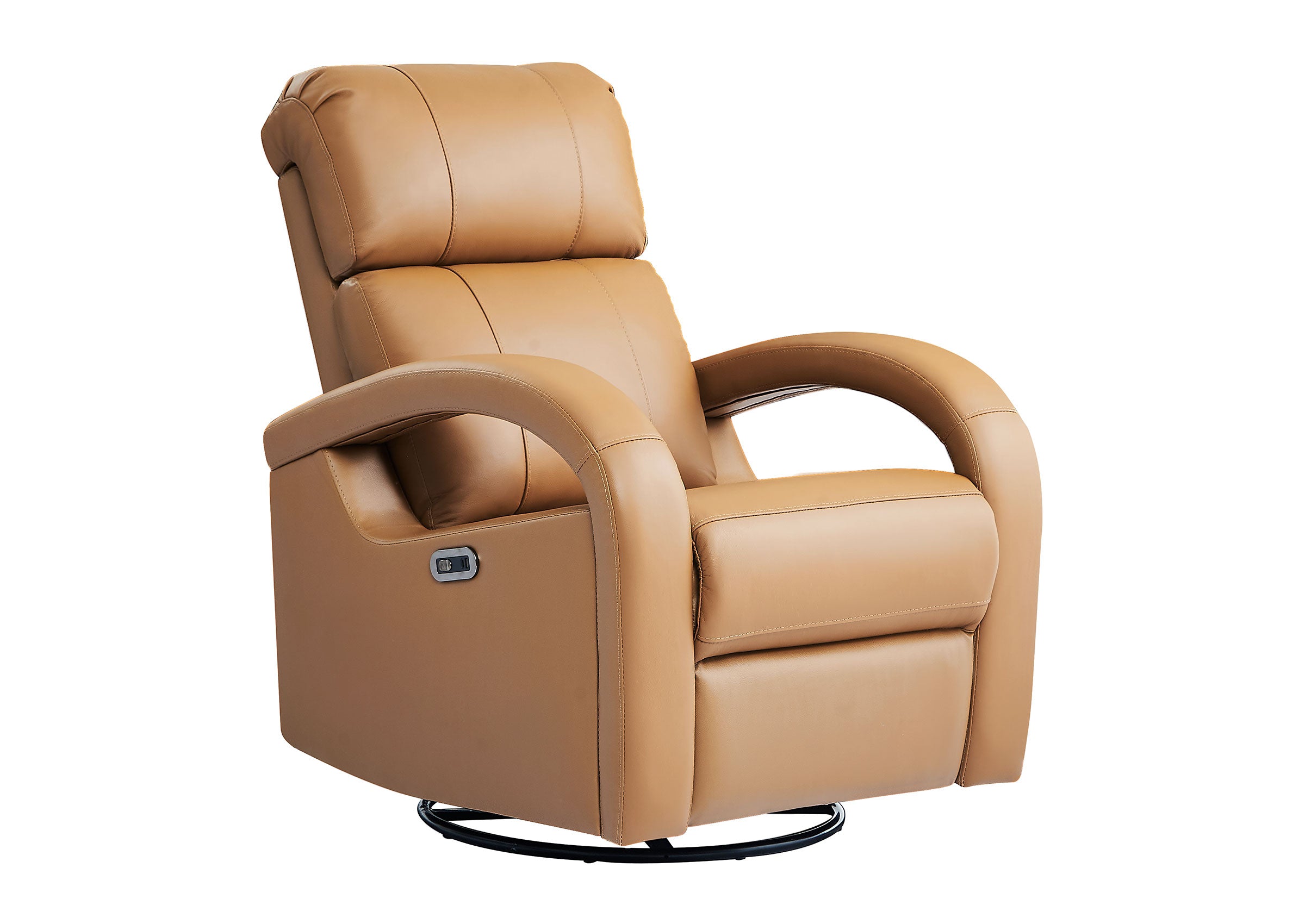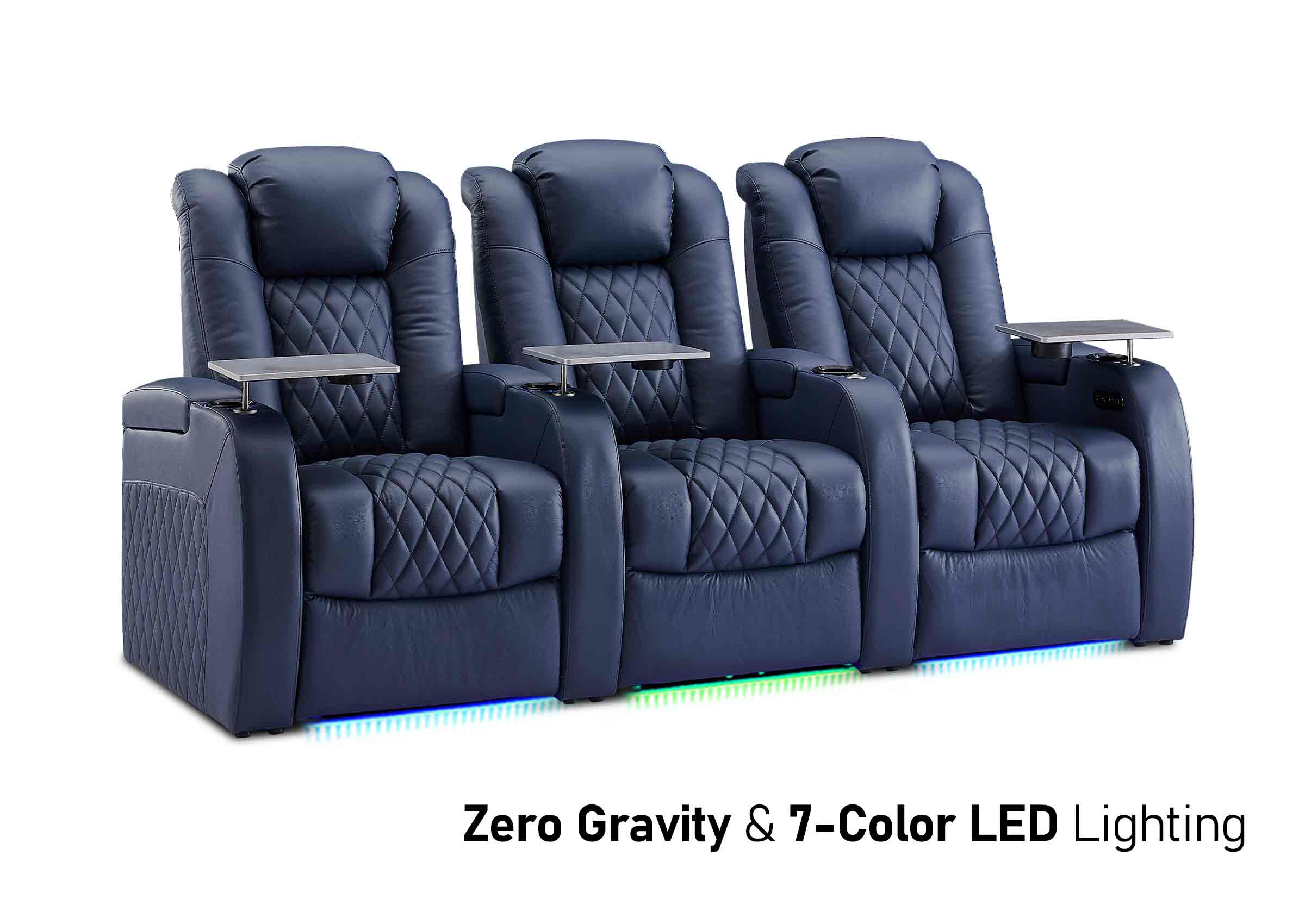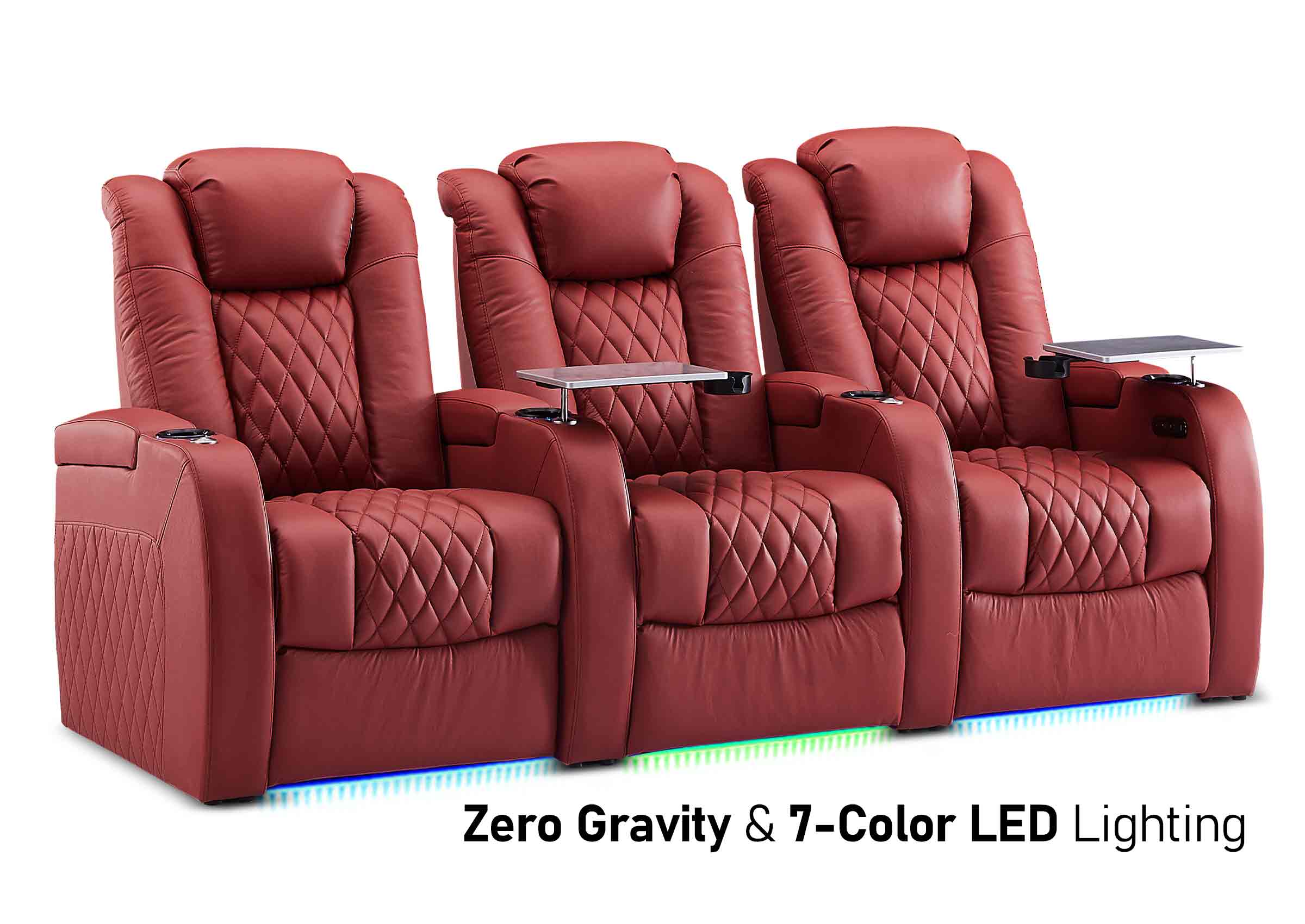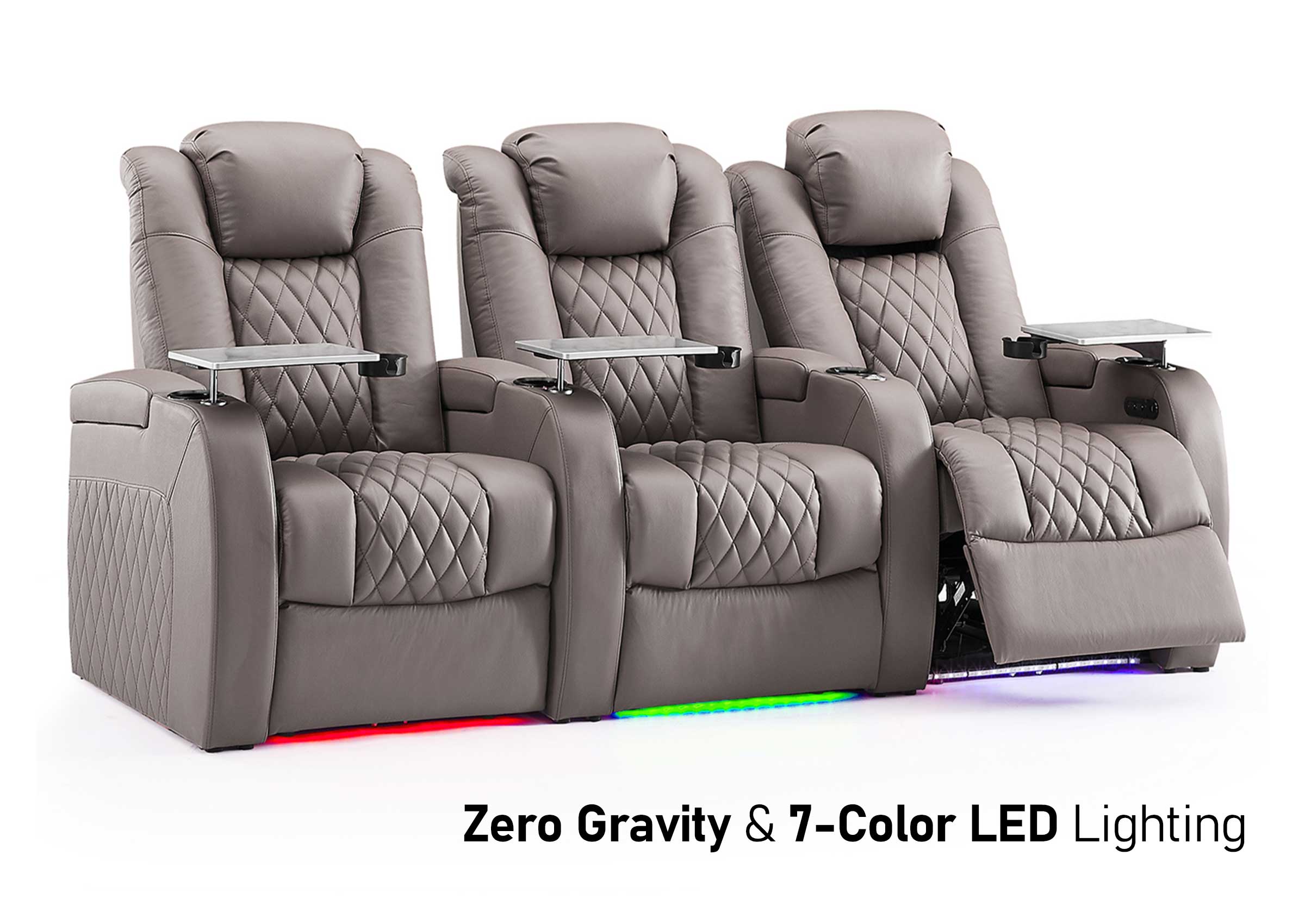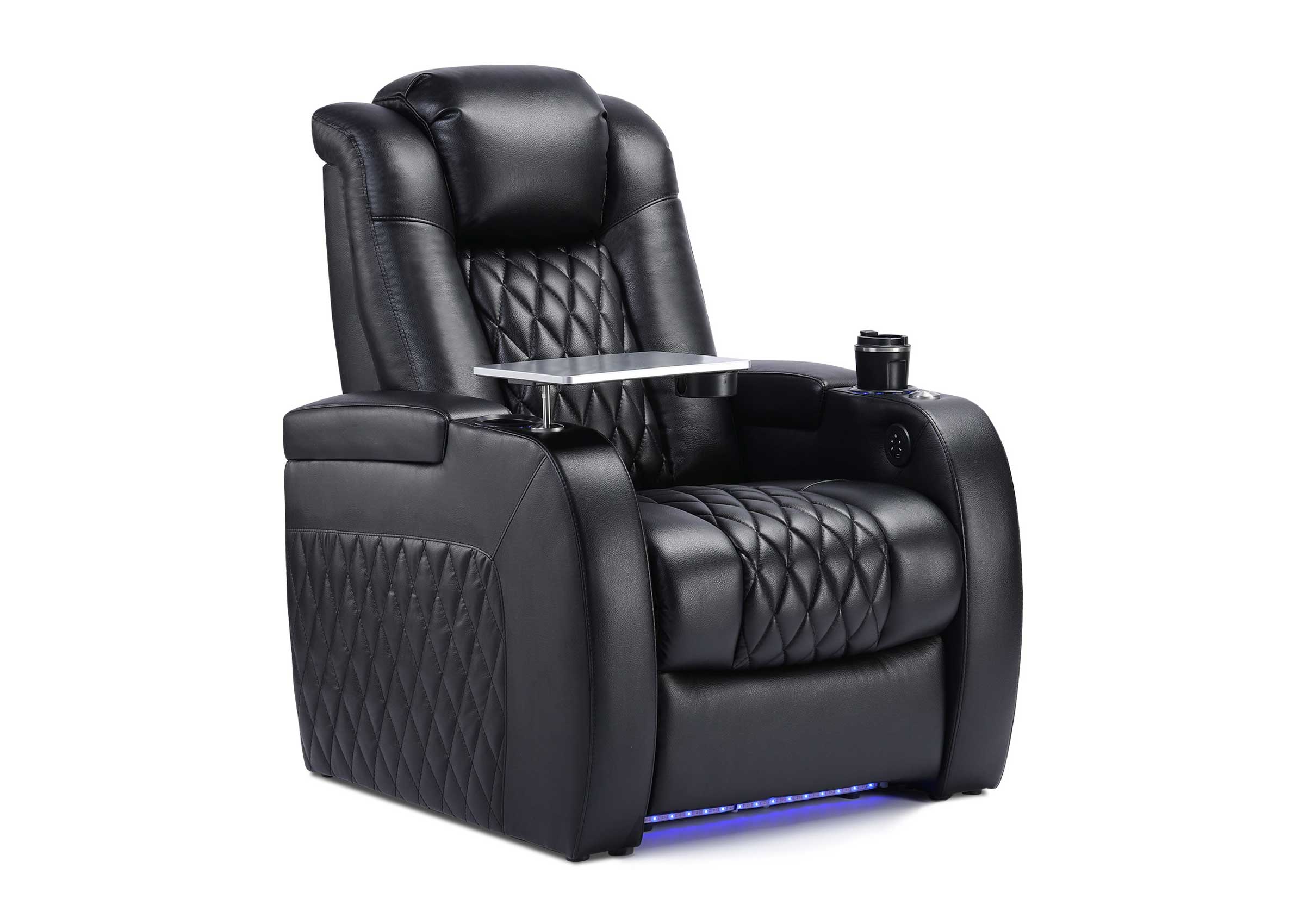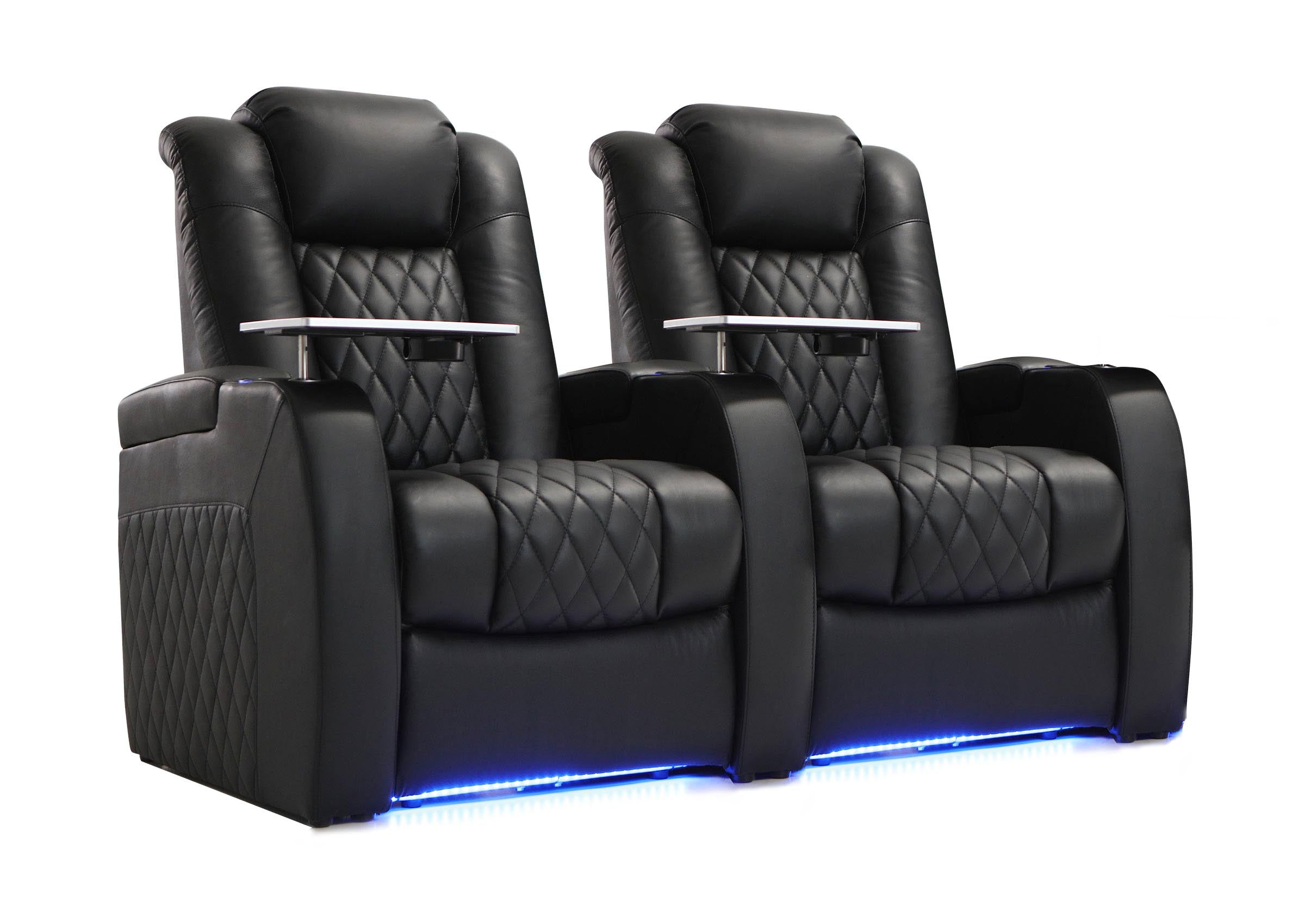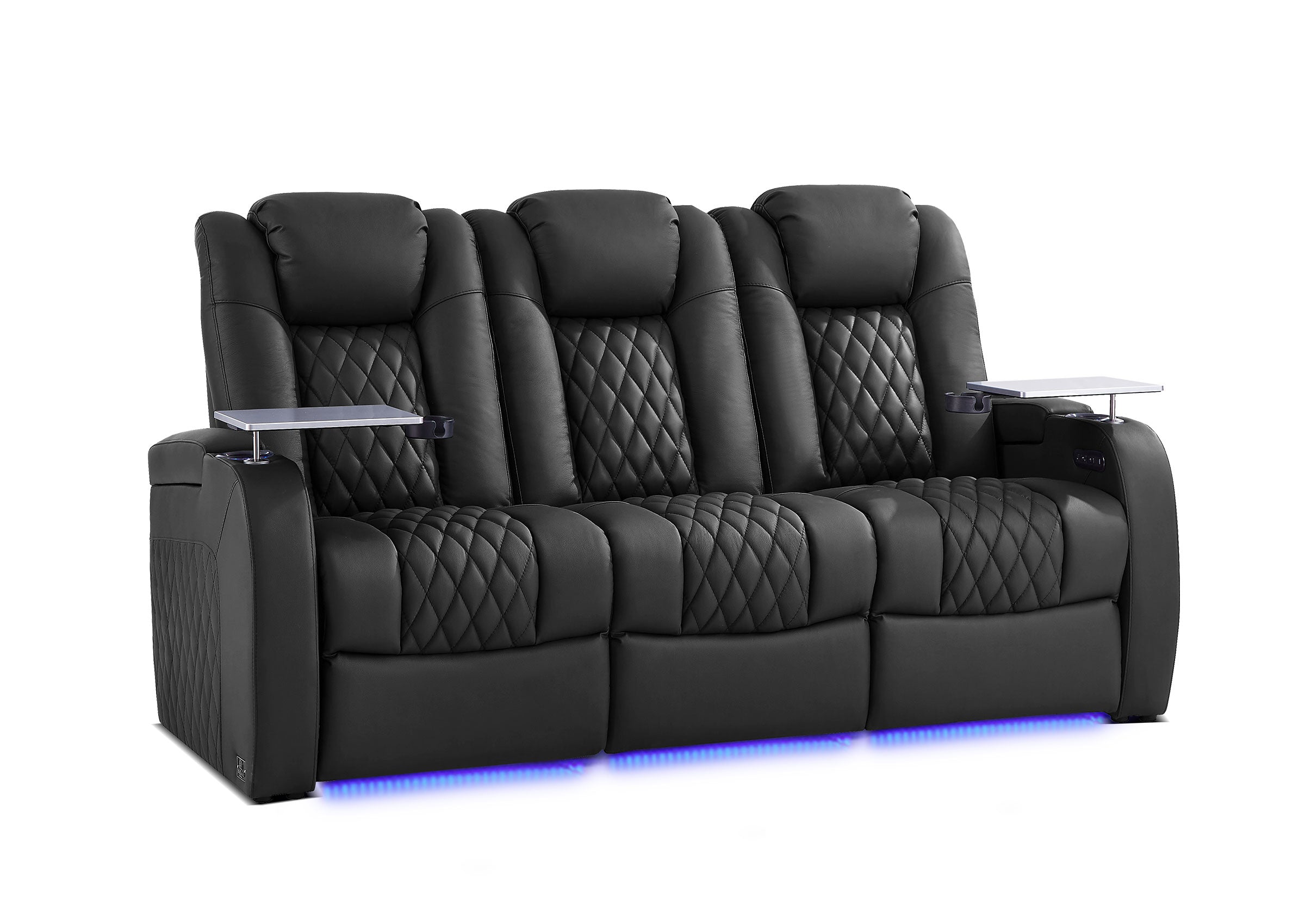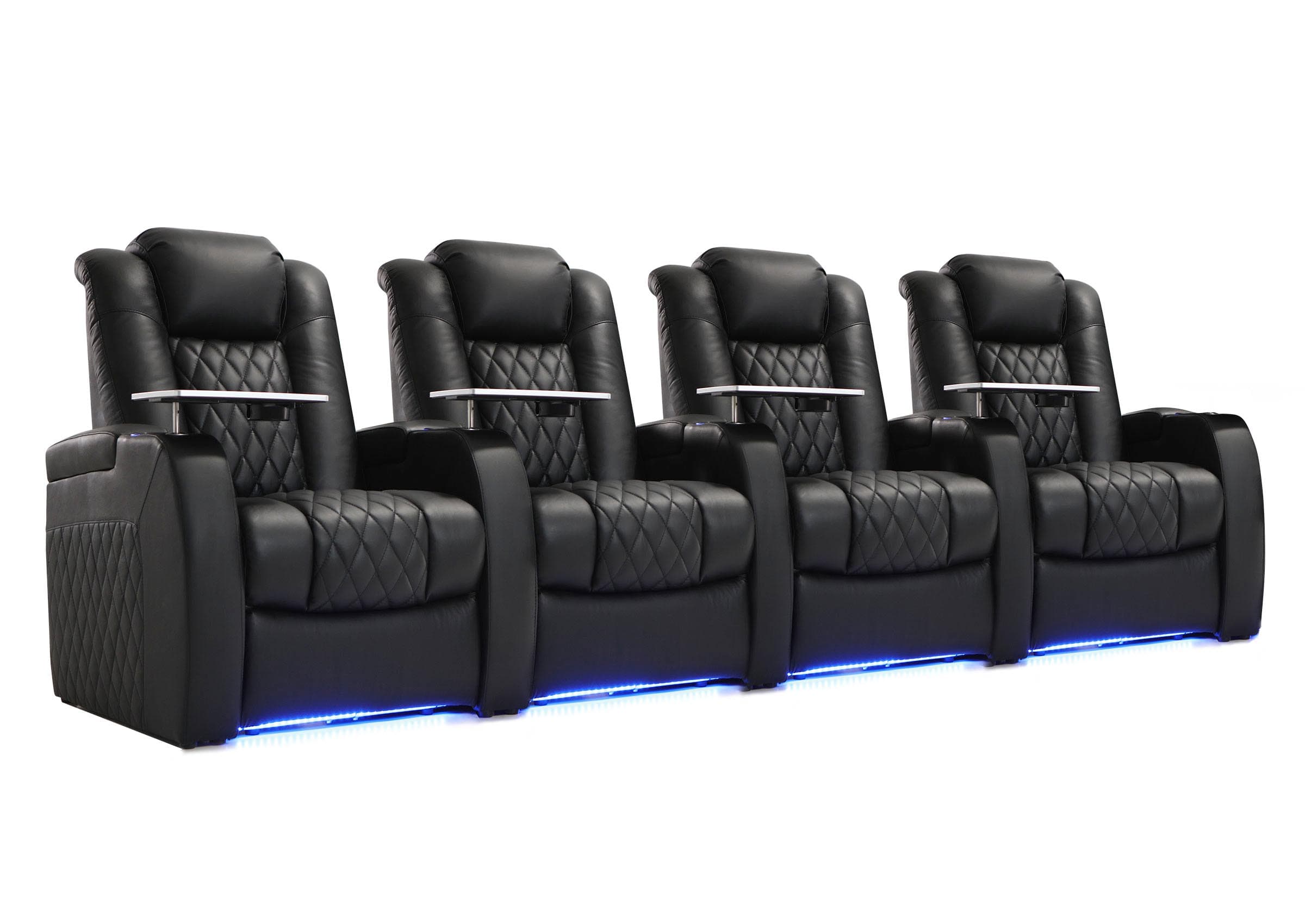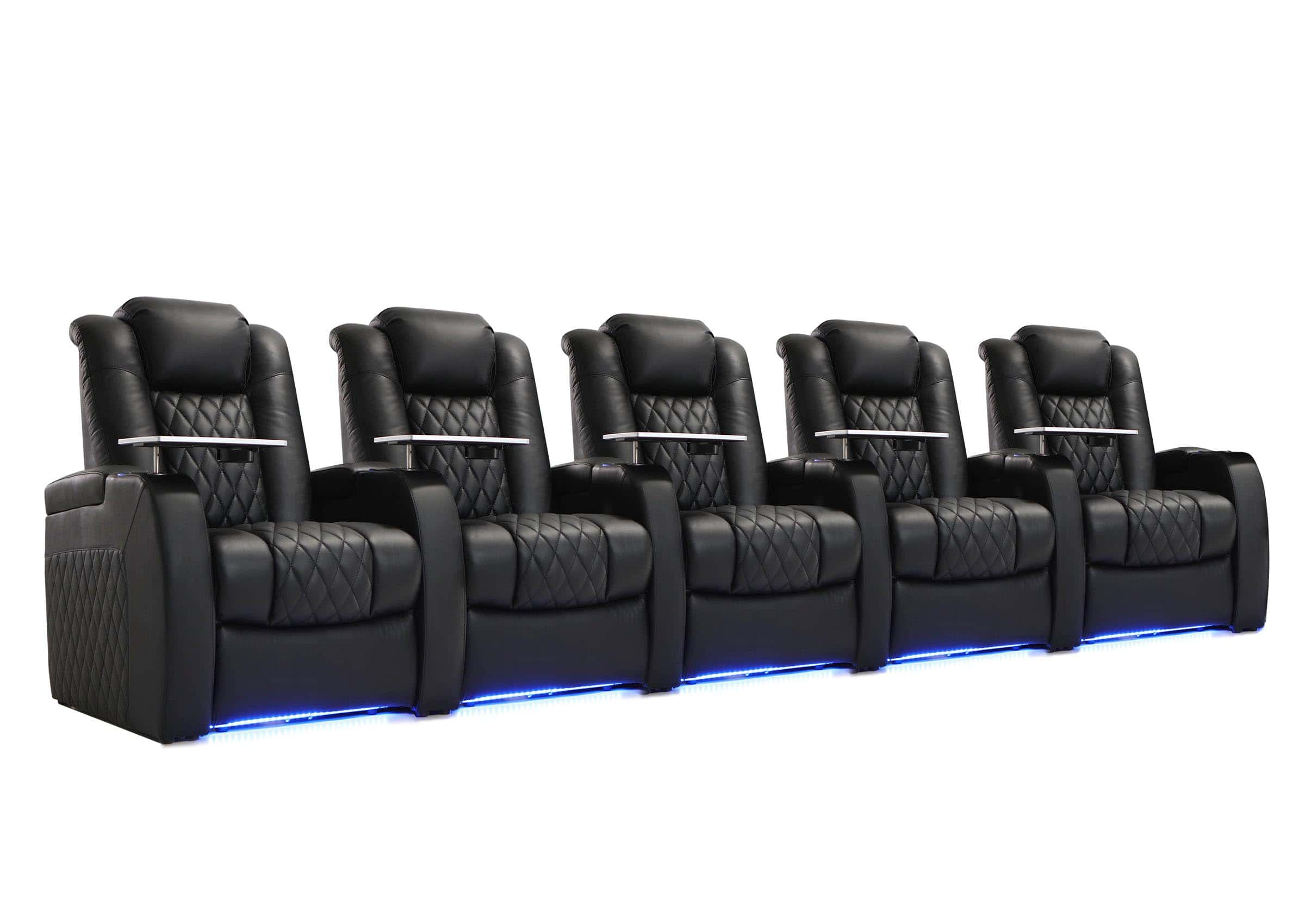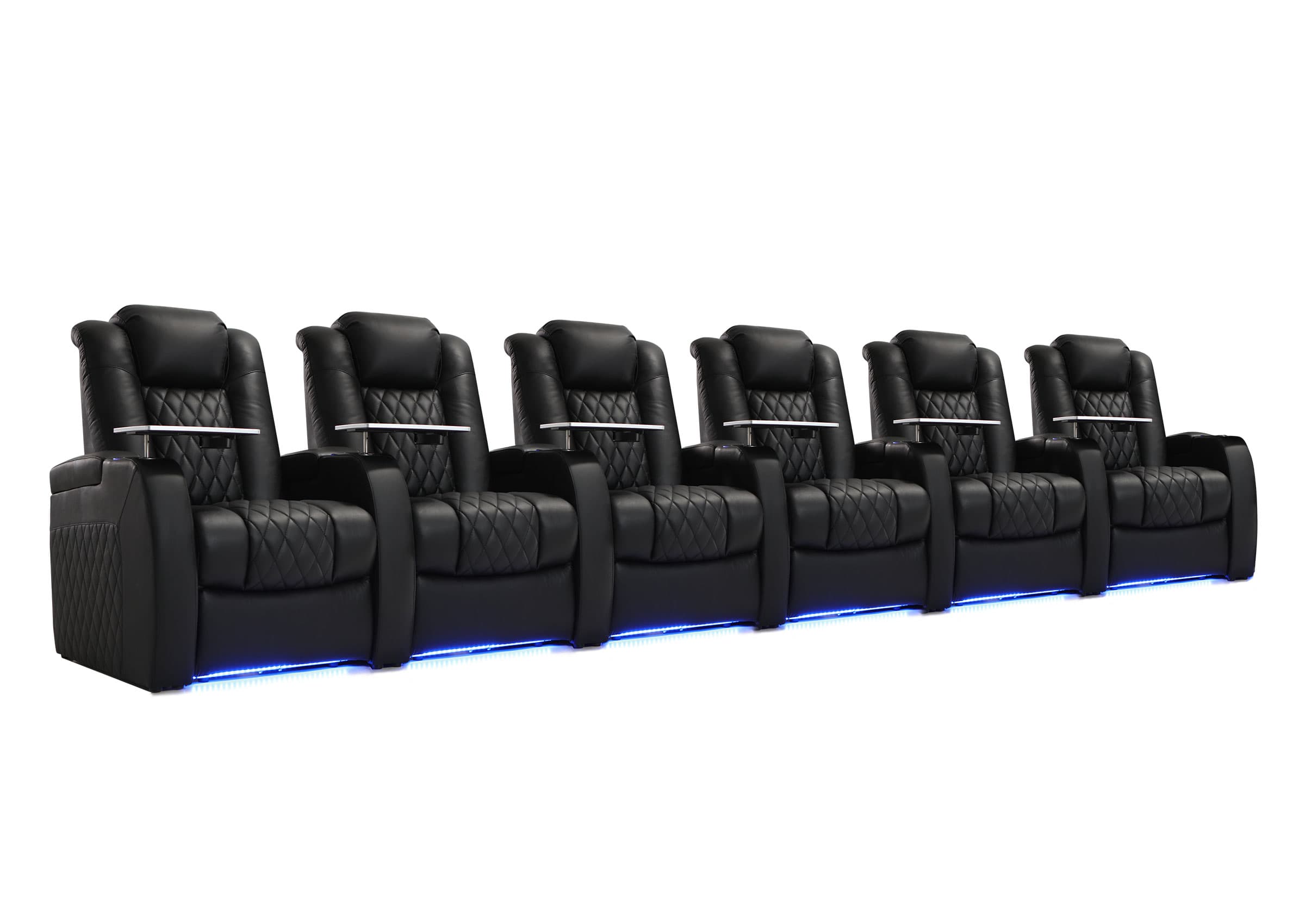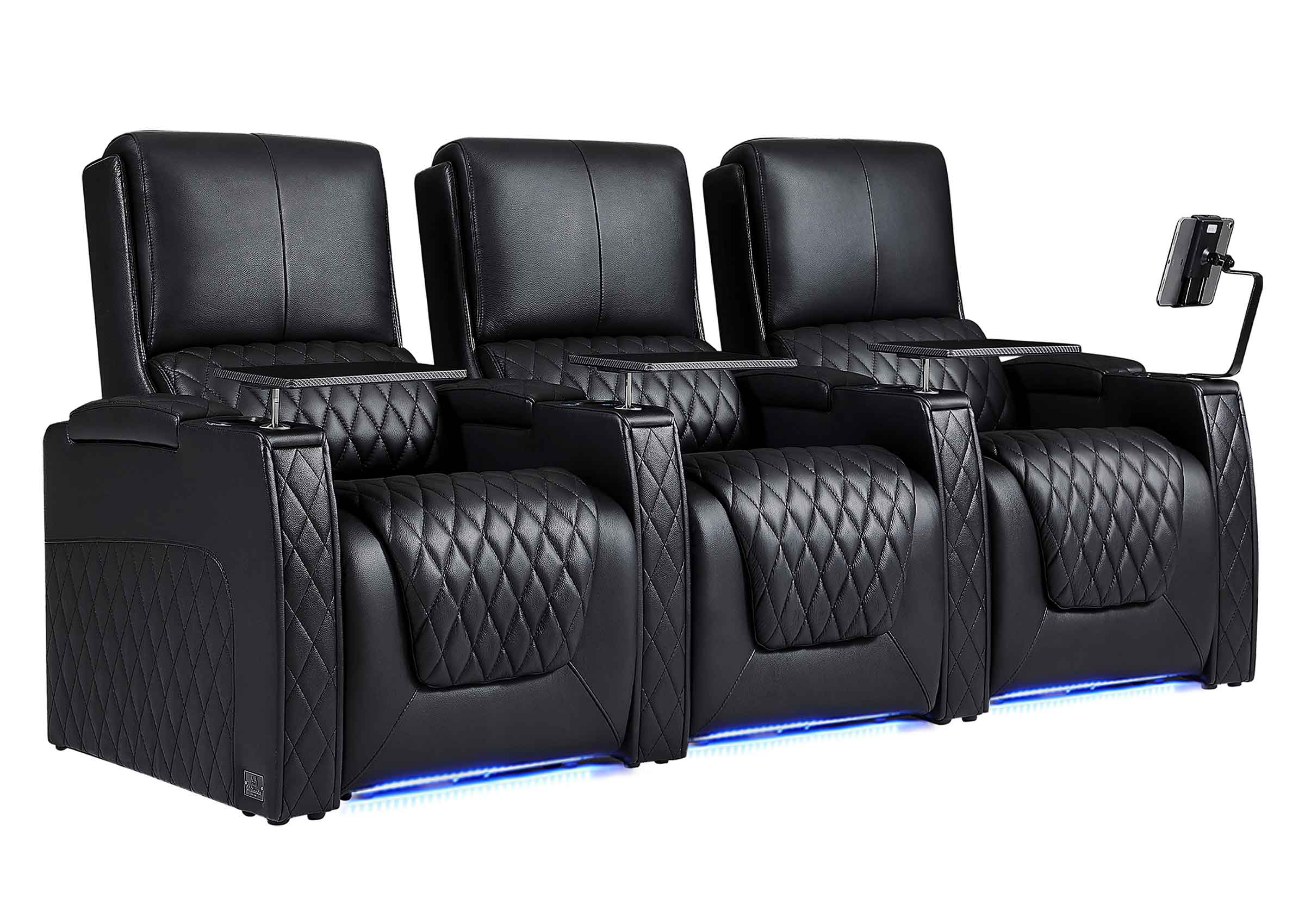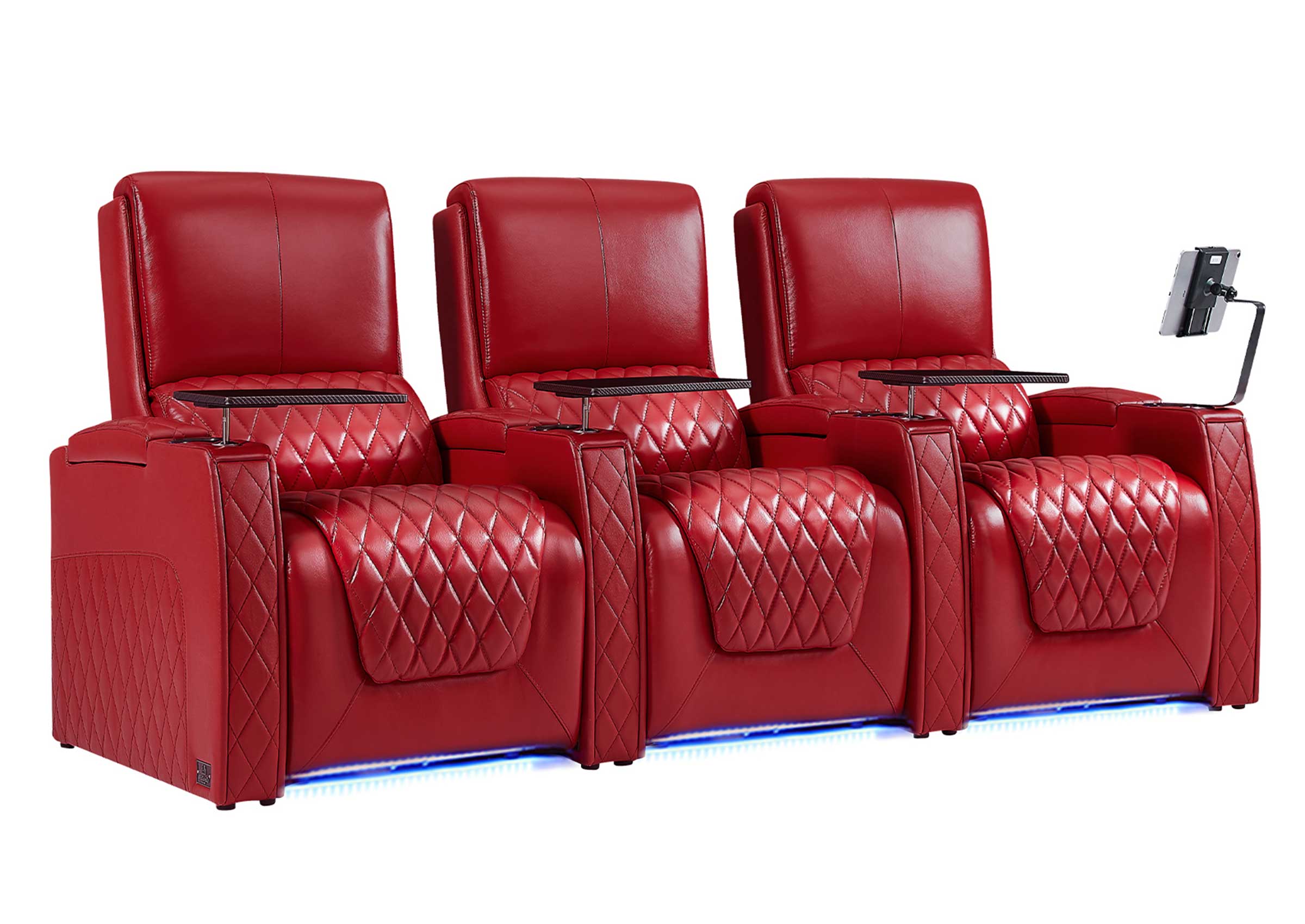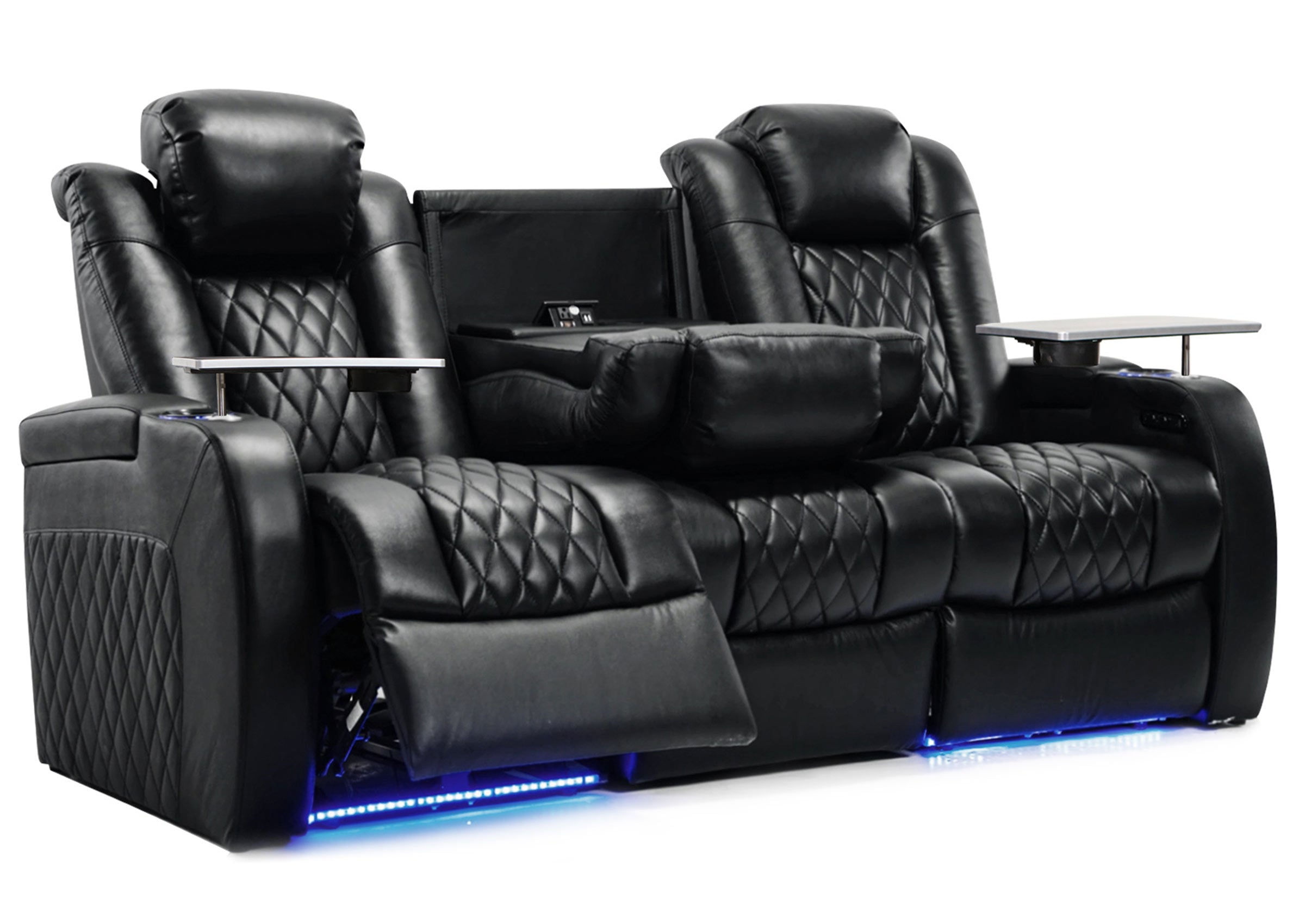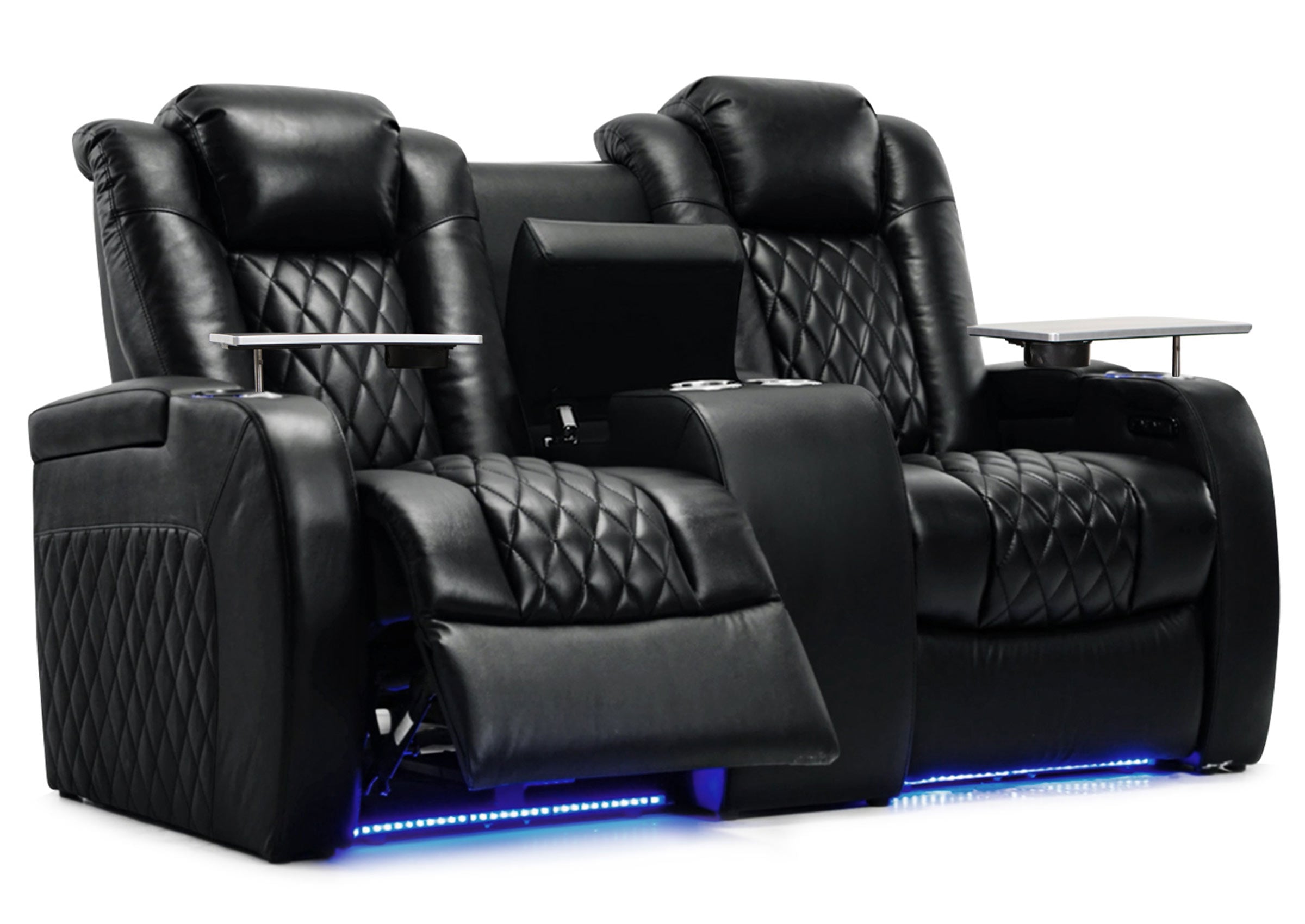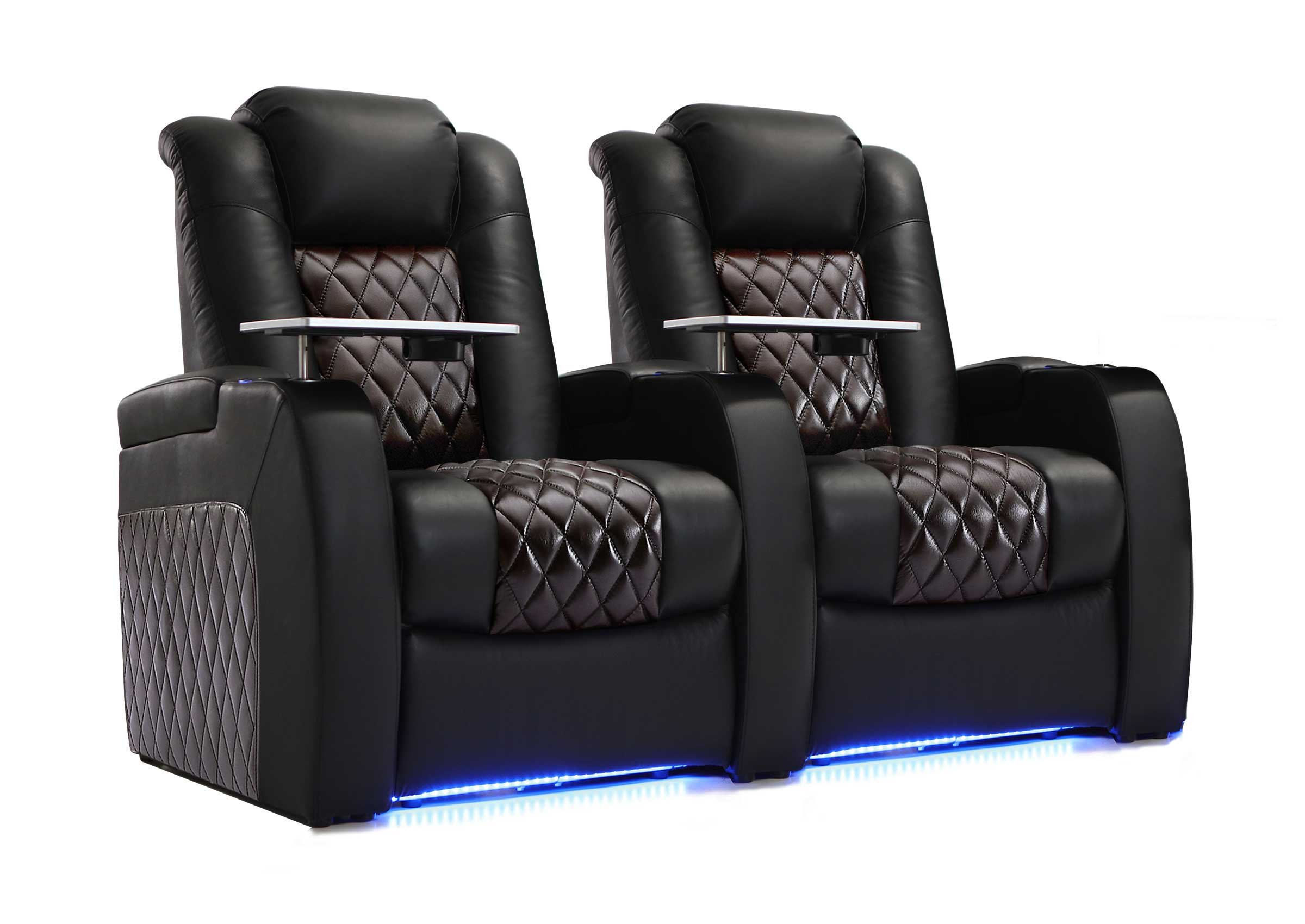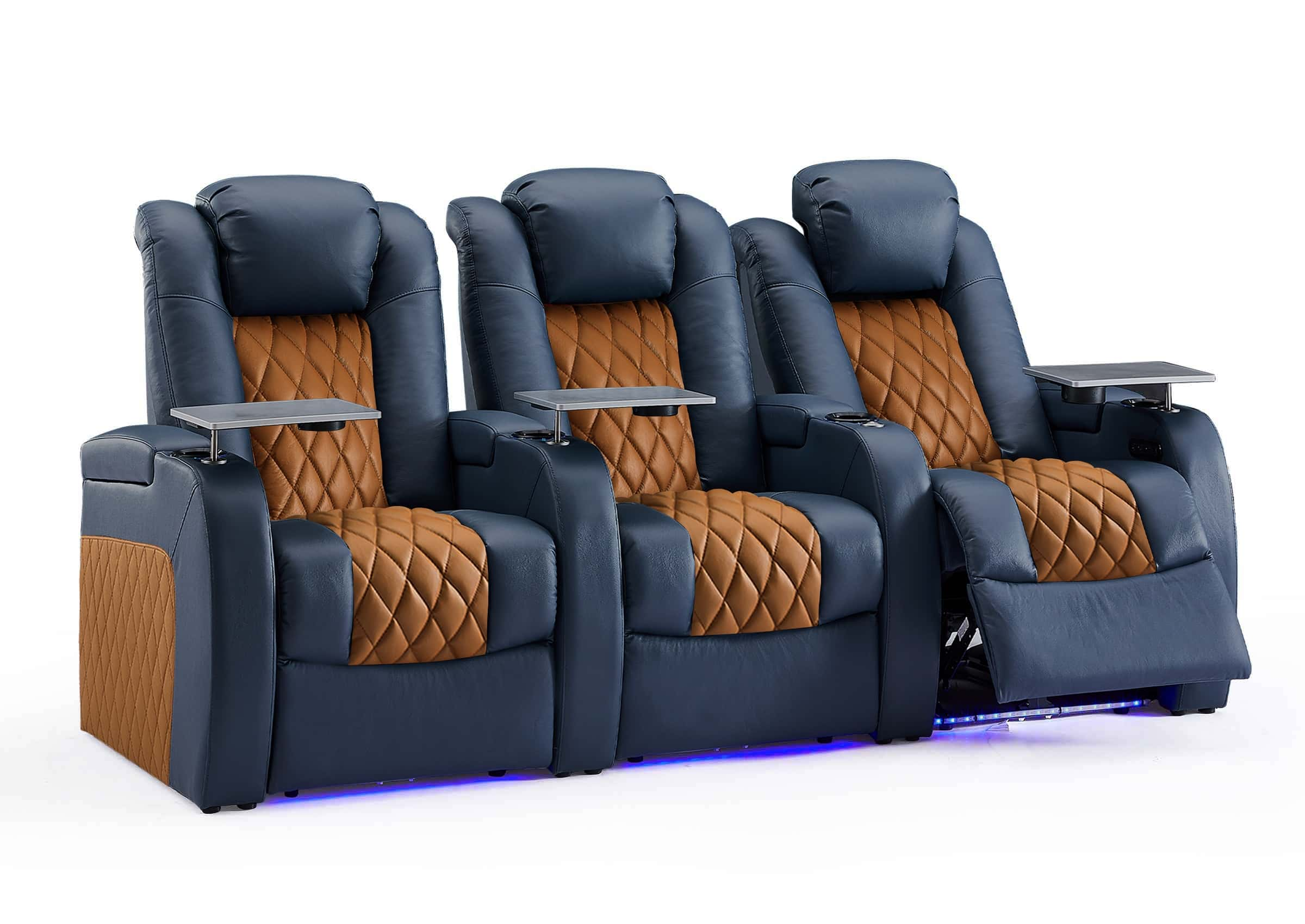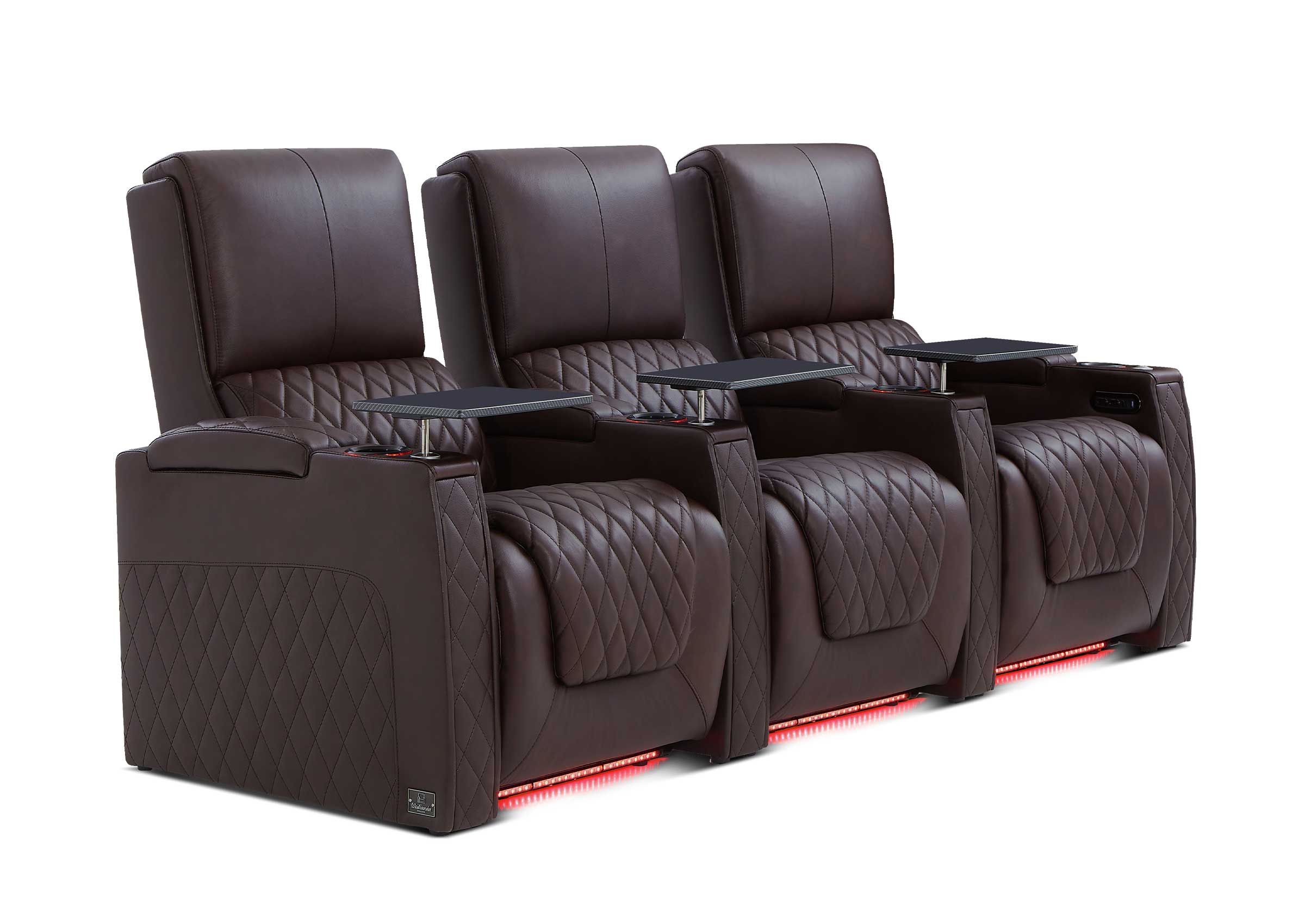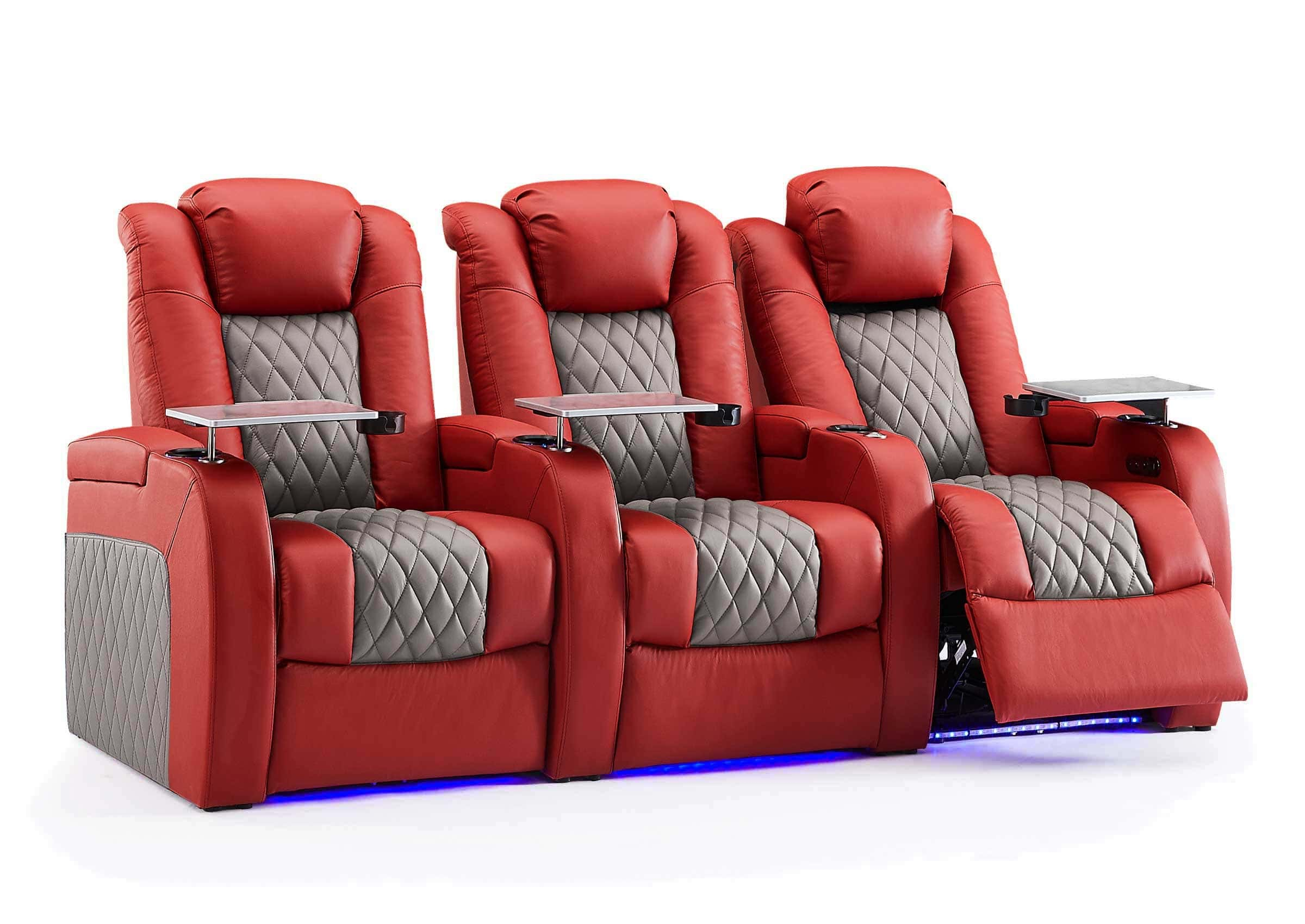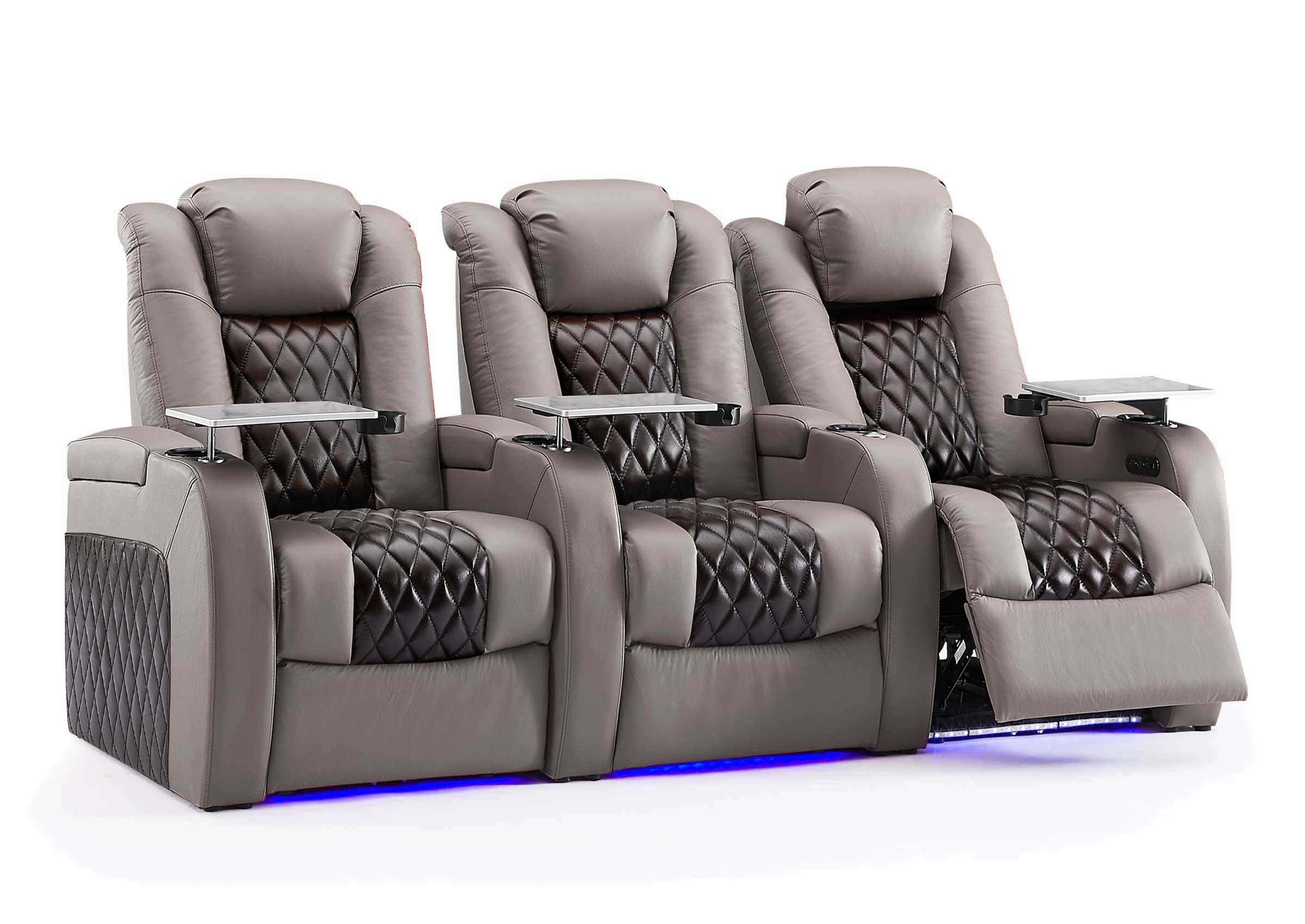For taller people, finding the right recliner can make or break their home movie experience. When your chair doesn't fit right, movie nights turn into endurance tests because you're so uncomfortable that you can't concentrate on even the most interesting movies. The right chair, on the other hand, gives you the comfort you need to watch movies for hours on end.
The Tall Person's Movie Night Struggle
Movie fans who are tall have to deal with problems that people who are shorter don't have to think about. That's why it is so important to find a recliner fit for your body and your specific height. In most standard recliners, the legs hang awkwardly, the feet hang off the footrests, or the knees are pressed awkwardly against the arms. When movies get longer, these problems get worse, changing what should be fun into physical pain.
When chair backs don't go up high enough, it's hard to support your head and neck. A lot of tall people have to slouch to fit in, which causes neck and back pain that lasts long after the movie is over. Sometimes, if there is a cushion, it sits at shoulder blade level instead of supporting the head and neck where it should be.
When footrests are too short, blood flow to the legs is slowed down. When blood flow is limited, numbness, tingling, or the pins-and-needles feeling that makes you have to change positions often can happen. This constant shifting gets in the way of enjoying the show and stops you from relaxing deeply, which is what makes home theaters attractive.
The armrests not being the right height adds to the pain. Shoulders hunch forward in an awkward way when arms are too low. Arms either hang down without being supported or rest in tight positions that make muscles tense up while watching.
Essential Features for Tall-Friendly Theater Seating
Seat Dimensions That Actually Fit
For bigger people, seat depth is very important for comfort. Find chairs with seats that are at least 22 inches deep. For proper support, the extra depth keeps the thighs from pressing against the front part with the knees. You should be able to sit all the way back in the seat and still have good leg positioning.
Width is important for more than just comfort. People who are taller tend to have wider shoulders and need more room for their arms to naturally rest. Average-sized people can fit comfortably in seats that are 20 to 22 inches wide.

Back Height and Support Architecture
To support your spine properly, chair backs should extend at least 27 inches from the seat base. The peak shouldn't end at shoulder level; it should go up to the head or neck. Some types have headrests that can be adjusted so that they are perfectly positioned for each person.
For taller users, the place of the lumbar support becomes very important. The curve in your lower back should line up with the natural curve of your spine, which is usually 6 to 8 inches above the base of the seat. The lumbar support can be fine-tuned to fit people with different lengths of torsos and different favorite sitting positions.

Footrest Functionality
Extended footrests are non-negotiable for tall users. The footrest should extend far enough to support the entire leg length comfortably. Measure from the back of the knee to the heel while seated - the footrest needs to accommodate this distance plus a few extra inches.
Some recliners offer independently adjustable footrests that can be positioned separately from the backrest angle. This feature allows customization of leg support without compromising upper body positioning.

3 Smart Shopping Strategies
Pre-Purchase Measurements
Before going shopping, measure the sizes of key body parts. Write down your height, the length of your legs (from the floor to your knees while sitting), the length of your body (from your seat to your shoulder), and the length of your arms (from your shoulder to your wrist). These measures are used as shopping guides and help quickly narrow down the choices.
Check out your present seating to see what works and what doesn't. Write down any trouble spots or comfort features that make watching better. You can use this baseline to analyze purchases more efficiently.
Testing Methodology
When testing recliners, spend at least 10-15 minutes in each position. Sit normally, recline partially, and extend to full recline. Pay attention to pressure points, support gaps, or areas where the chair doesn't align with your body properly.
Test the reclining mechanism operation. Controls should be easily reachable and operable without straining. Power recliners should move smoothly through all positions, while manual mechanisms should operate with reasonable effort.
Bring a friend or family member to observe your positioning from different angles. They can spot alignment issues or awkward positioning that you might not notice while focused on comfort.
Material and Construction Considerations
Frame construction affects both durability and long-term comfort. Hardwood or steel frames typically provide better support for taller, heavier users than particle board or plastic components. Check weight ratings to ensure the chair can handle regular use without premature wear.
Cushion density impacts both immediate comfort and longevity. High-density foam maintains shape and support longer than soft, quick-recovery materials. However, overly firm cushions can create pressure points during extended sitting.
Upholstery choice affects both maintenance and comfort. For a durable, easy-to-clean option, consider leather or fabric. Leather offers durability and easy cleaning but can be warm during long viewing sessions. Fabric provides breathability but may require more maintenance. Consider your climate and usage patterns when making this decision.
Advanced Comfort Features Worth Considering
Power adjustment capabilities allow precise positioning that manual mechanisms can't match. Independent head, back, and footrest controls let tall users create custom positioning that accommodates their specific proportions perfectly.
Built-in heating and massage functions can enhance the viewing experience significantly. These features help combat the circulation issues that taller people often experience during extended sitting periods.
Cup holders, storage compartments, and USB charging ports add convenience without compromising the recliner chair function. However, ensure these features don't interfere with your natural seating position or create pressure points.

Some recliners offer memory foam or gel-infused cushioning that conforms to individual body shapes while maintaining support. These materials can be particularly beneficial for taller users who spend significant time in their theater seats.

Making the Final Decision
When setting a recliner price, you should weigh the short-term cost against the long-term value. Most of the time, a better-quality chair that fits well and lasts longer is a better deal than a cheaper one that needs to be replaced more often.
Conclusion: Comfort That Fits Your Frame
If you pick the right chair, movie nights go from being a challenge to being pure fun. Tall movie fans can find seating that improves their home theater experience by paying attention to the right measurements, enough support, and good build. Buying the right seats is an investment that will pay off for years in terms of comfort and watching pleasure.
For a truly customized experience, use our guide to choose the perfect snacks for your next movie marathon.




